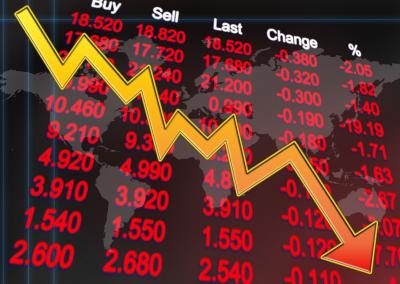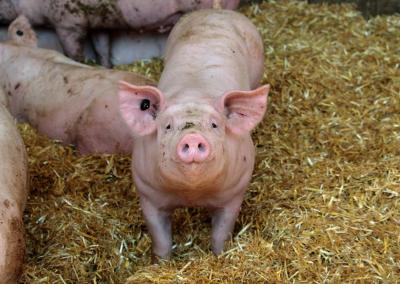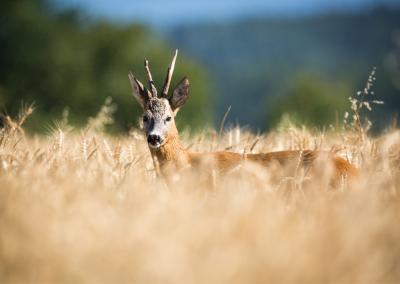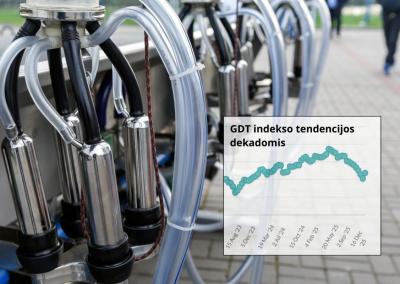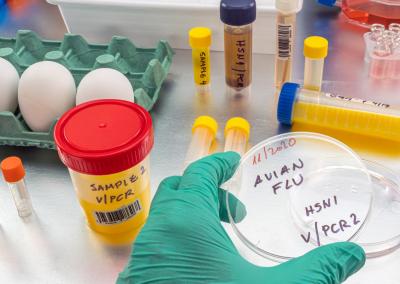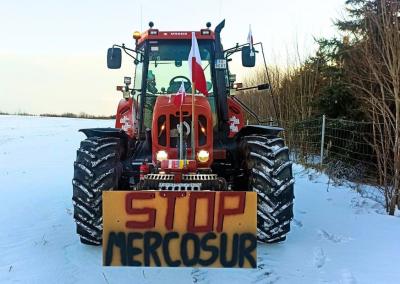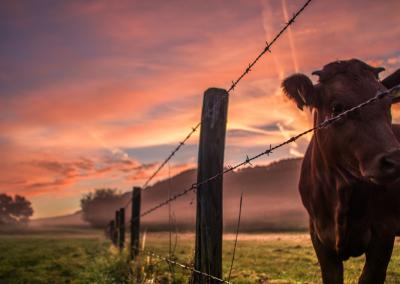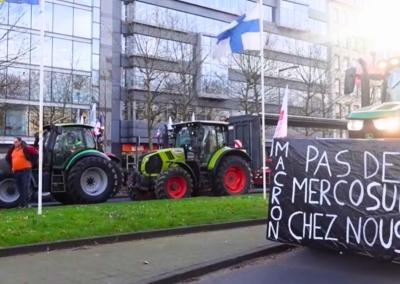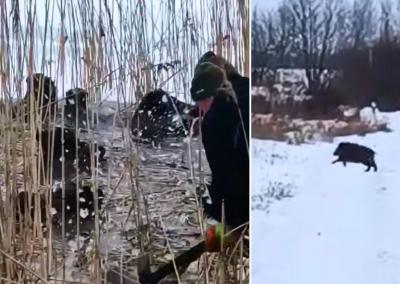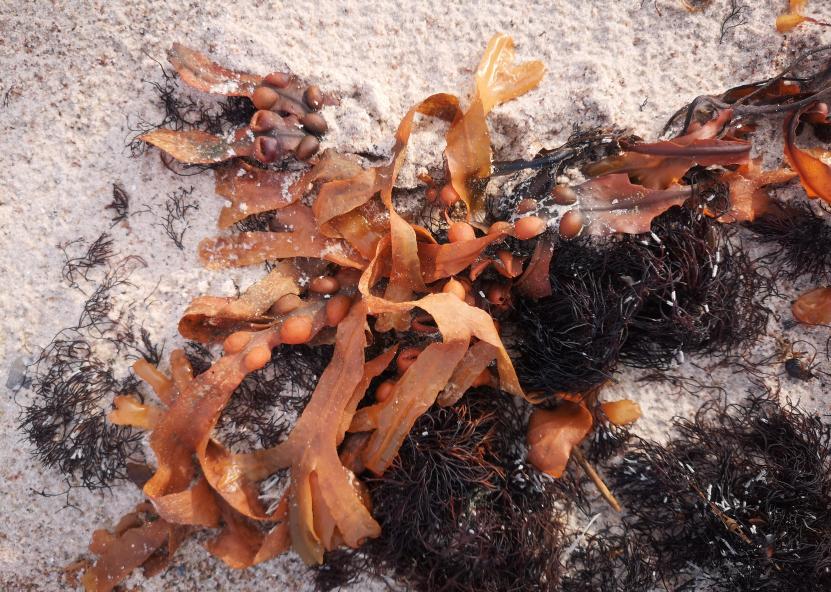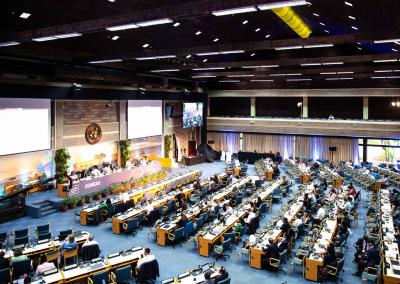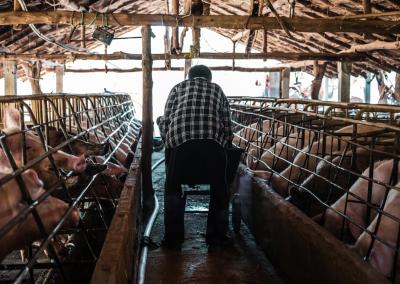Can algae dumped on the seashore become valuable fertiliser
Is the accumulation of algae and human impacts on the seashore a potential source of nutrients for the restoration of the terrestrial ecosystem through a circular economy?
As the Klaipėda University website explains, every year, after storms, we can find various algae accumulations on the coast of the Baltic Sea, which, when mixed with seaweed, shells and various human waste products, give off an unpleasant odour. These accumulations are known as beach wrack. Utilities have to collect the algae from the coast and dispose of it as waste.
Science has shown that the mix of marine biomass and various wastes not only gives off an unpleasant smell, but also has an impact on climate change (e.g. carbon dioxide, methane, etc.), and can release heavy metals and petroleum products into the environment. In addition, algae can accumulate hazardous substances such as plastics. However, despite the negative aspects, the accumulations are rich in nutrients that can be used to enrich the soil with nutrients that are essential for growing crops for agricultural production or for reinforcing dune beds.
In agriculture, synthetic mineral fertilisers are commonly used for plant fertilisation, which cannot be fully absorbed by plants, so that nutrients (nitrogen and phosphorus) that are not used by the plants are not fully utilized;are washed out of the soil and pollute surface and groundwater, and the cost of producing mineral fertilisers is relatively high. Therefore, in order to reduce the dependence on mineral fertilisers, organic fertilisers, such as animal or poultry manure, crop residues, etc., are being sought, but unbalanced use of organic complex materials of different nature can also cause pollution. So what are the alternatives for the future?
It has long been known that marine biomass (algae, shells) – is a source of nutrients that can be extracted and used to produce fertilisers through advanced technologies. Much research has been carried out to harness marine bio-nutrients (especially microalgae) for biodiesel, biogas or other energy production. However, little attention has been paid to the recycling and potential use of algal biomass in agriculture to improve and maintain soil fertility by improving the nutrient environment for plants, and thus crop yield and quality. This provides opportunities for the development of value-added products, such as various algal biota, which could contribute to more sustainable nutrient cycling in agricultural systems and reduce the dependence on synthetic mineral fertilisers.
So, instead of mineral fertilisers, seacoast biomass could be properly treated and used to maintain soil fertility. And by preparing a valuable product rich in organic carbon and nutrients, such as compost, and using it in combination with other materials, a soil-improving complex can be created. Such a complex will not only increase the nutrient content of the soil, but will also help to avoid the leaching of nutrients, especially phosphorus, into the hydrosphere and improve the uptake of nutrients by agricultural crops during the dry season, with a consequent increase in yields of agricultural crops.How can this be achieved?
Scientists from Klaipėda University have initiated an international project and together with their partners have won EU funding under the Interreg VI-A South Baltic Cross Border Co-operation Programme 2021–2027 to implement the project „Eco-designing for the coastal zone nutrient’s cycling“ (ECONUT). The aim of the project is to develop biotechnologies and value-added products for sustainable agriculture, dune protection against erosion and biodiversity loss. The biotechnologies will harness marine biomass from the Baltic Sea coastal zone, process it appropriately and channel it through ecological nutrient flow design for soil and aquatic ecosystem needs, according to the principles of circular economy. The &Scaron objectives will be pursued by an international consortium of – 6 partners from – Lithuania, Poland, – Sweden, Germany and Denmark (with the support of the Finnish associate partners).
The project plans to develop two technologies for nutrient flow and sustainable soil and water ecosystems. Three pilot studies are foreseen on different sites to develop value-added products for agriculture (complex additives) and dune protection (stabilisers) against wind erosion and storm surges. By removing marine biomass from the coast, treating it and enriching it with certain substances, the mass will be used to improve soil fertility, dune stability and biodiversity. The safety and quality of the agricultural products produced will be analysed and monitored. Scientists will also assess how nutrient fluxes managed by the šie will contribute to šmitigating the impact of climate change on the coastal zone. The project will focus on the development of value-added products for agriculture and dune protection, and on market analysis and business model development for the technologies developed and tested.The project is expected to involve farmers, agricultural professionals, local and regional authorities (municipalities), environmental protection agencies, public health and food risk assessment authorities, entrepreneurs, scientists, NGOs and the public in the South Baltic region.


